Indoor Oceans: Vancouver Aquarium
Last updated on November 20th, 2022 at 11:54 pm
The Vancouver Aquarium, originally opened in 1956, has grown to become one of British Columbia’s top tourist and event destinations.
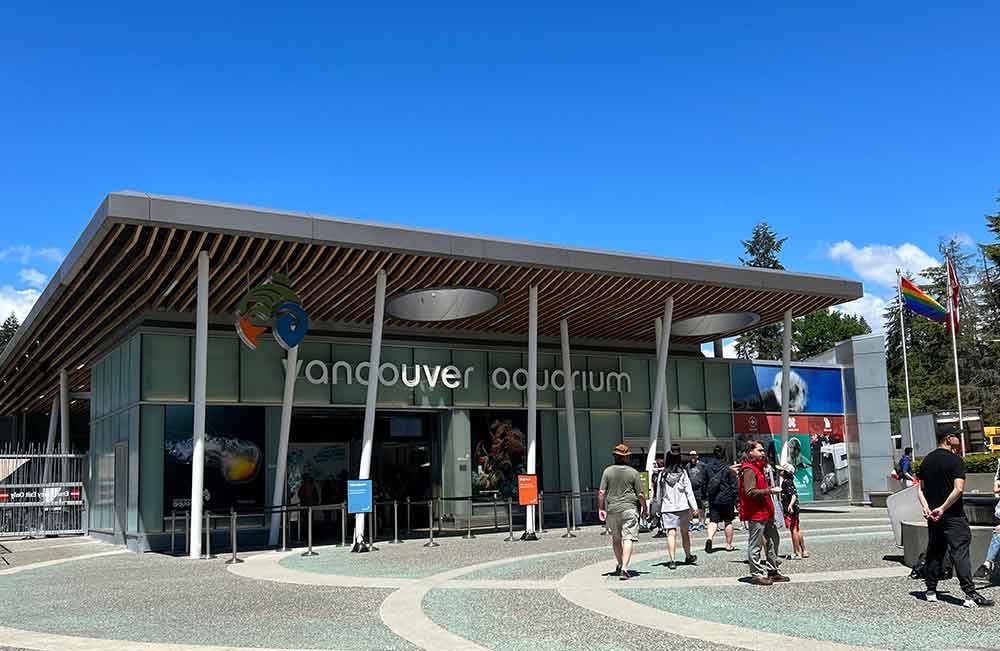
Vancouver Aquarium is located in Stanley Park, North America’s third largest park. © Debbra Dunning Brouillette
When I discovered Canada’s largest Aquarium would be near our hotel in Vancouver, I knew I had to plan a visit. The Vancouver Aquarium is located within Stanley Park, North America’s third largest park, which draws more than eight million visitors annually. While many come to Stanley Park to walk, ride bicycles, or tour the park on a horse-drawn train (as we did), hundreds of thousands also make time to tour this amazing “Indoor Ocean,” home to more than 65,000 animals that live under the sea or near bodies of water.
As you enter the Vancouver Aquarium, you will see this upside down globe. Information on a clear plexiglass panel explains why. It says, “Did you notice this globe is upside down? We wanted you to see the Arctic and the shrinking polar ice cap. This was its size in 2012, when it had shrunk to the lowest extent ever recorded.”
Before beginning your walk through the many exhibits, you’ll see a large tank along the wall that holds a variety of Sea Anenomes, found in the North Atlantic and North Pacific waters, usually attached to rocks or other hard surfaces. They are so different from the ones I’m used to seeing in the Caribbean! There are more than 1,000 species of sea anenomes, which can vary widely in shape, size and color. They’re related to coral and jellyfish and contain stinging cells but most are harmless to humans.
Treasures Of The BC Coast
Because the Aquarium is located in the province of British Columbia, it’s only natural that it would feature fish, amphibians, and marine mammals found in the surrounding waters..
Stroll through the area devoted to the coast of British Columbia to view marine species found in its coastal habitats.
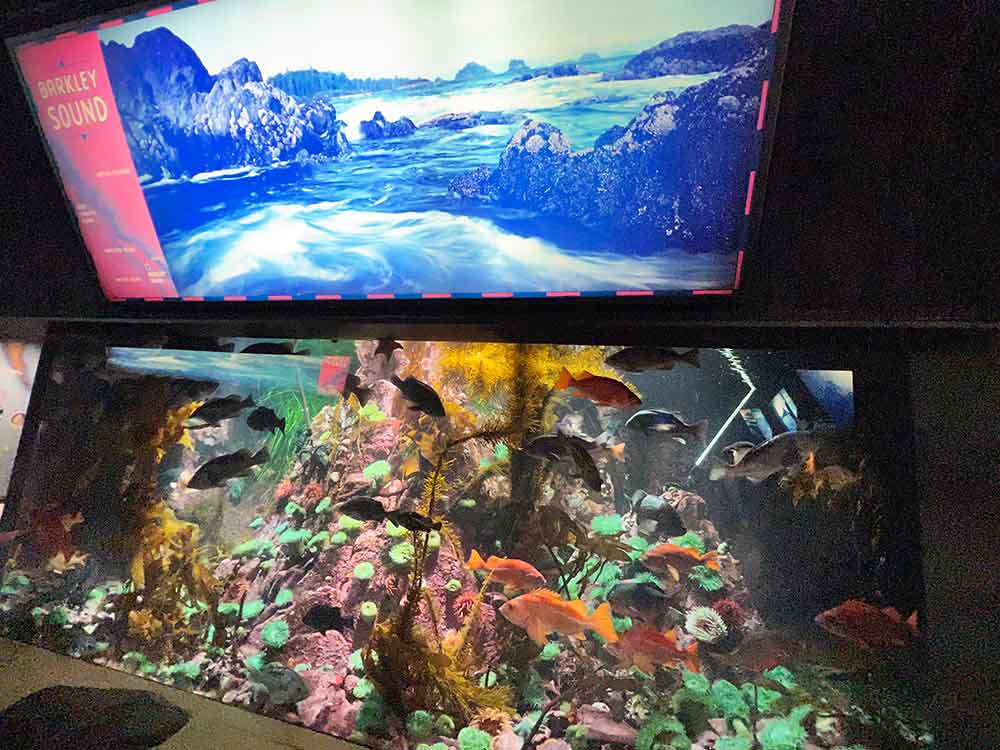
This huge tank showcases life in Barkley Sound on the west coast of Vancouver Island. © Debbra Dunning Brouillette
B.C.’s Wild Coast Exhibit
British Columbia’s Wild Coast area features a new Marine Mammal Rescue exhibit, which gives guests a peek into its Marine Mammal Rescue Centre. I was amazed to find out that not only is it the only facility of its kind in Canada, but is one of the largest rescue facilities in the world!
The Marine Mammal Rescue and Rehabilitation Program has been actively helping ill, injured or abandoned/orphaned marine animals for more than 60 years. They rescue, rehabilitate and release over 150 marine animals each year If an animal cannot be rehabilitated, it will remain at the Aquarium as a part of the family.
Frogs Forever
More than 20 amphibians are displayed in the Aquarium’s Frogs Forever exhibit. I especially loved the poison dart frogs, including the Panamanian golden frog.
Did you know? The skin of a single Panamanian golden frog contains enough toxins to kill 1,200 mice. Yikes! However, scientists are studying toxins produced by some of them as potential medicine for patients with heart problems.
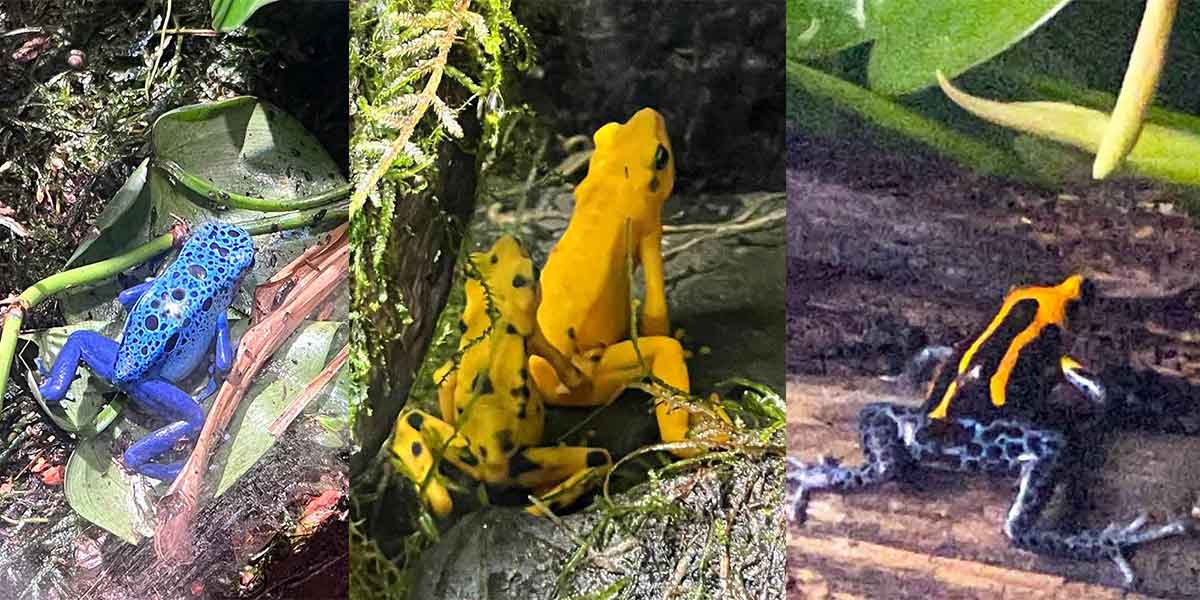 ©Debbra Dunning Brouillette (L-R, above: Several types of poison dart frogs, all native to tropical Central and South America.)
©Debbra Dunning Brouillette (L-R, above: Several types of poison dart frogs, all native to tropical Central and South America.)
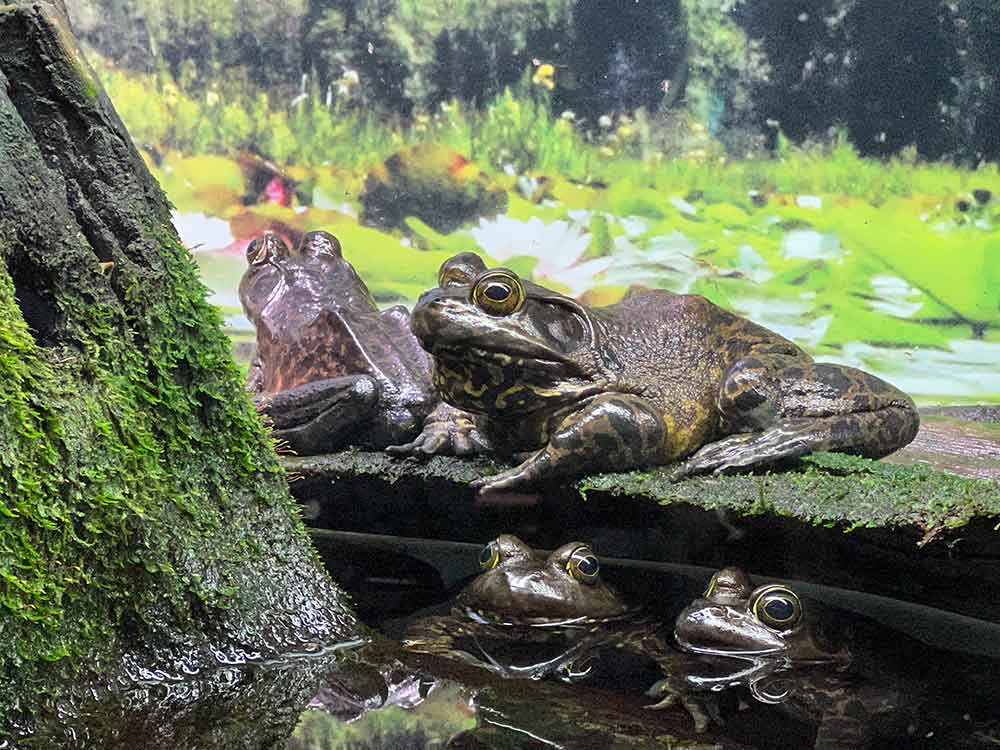
Bullfrogs are among the most wide-ranging of all North American amphibians. © Debbra Dunning Brouillette
Wondrous Jellies
I love the way the jellyfish species are described on the Aquarium website… as “mesmerizing, gelatinous blobs (that) are both hunters and hunted.” Sea turtles love to feast on them! Jellyfish exhibits from around the world can be viewed here, and Aquarium biologists culture them for education and research. “Jellies” are truly wondrous!
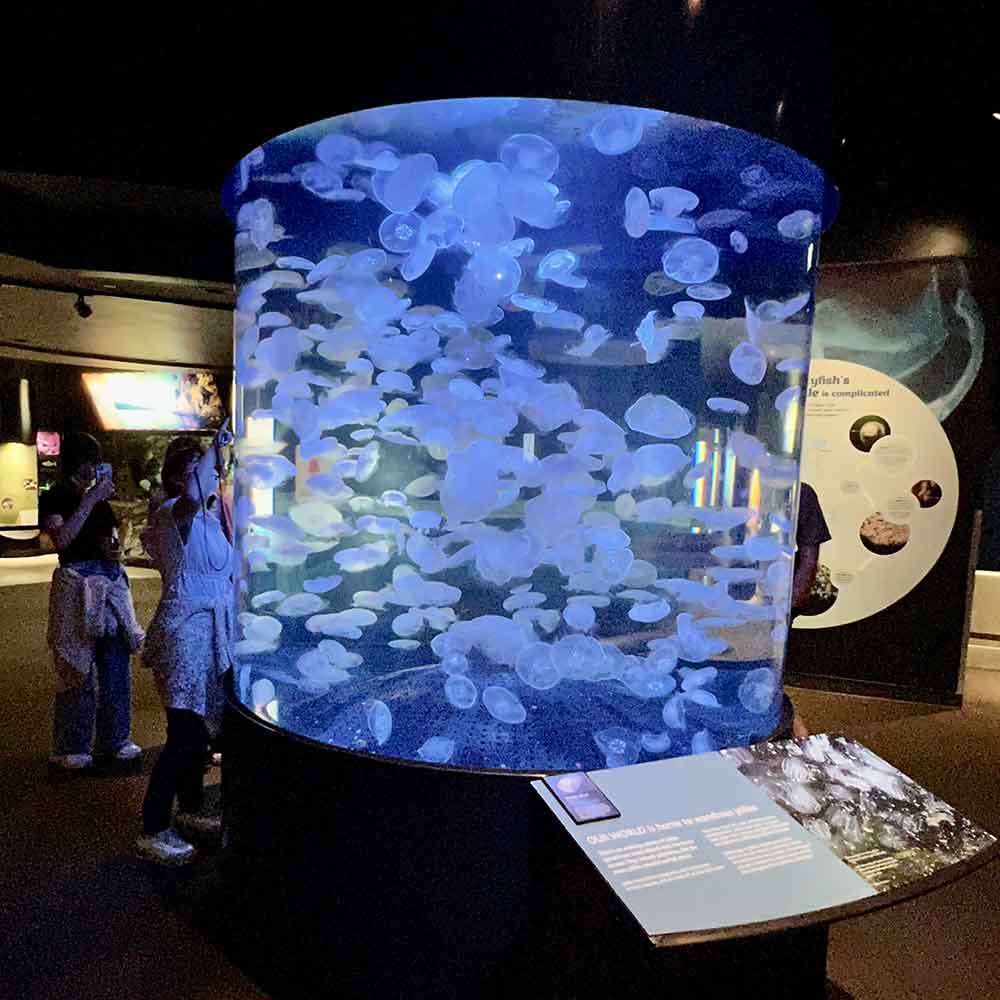
Moon jellyfish can be found throughout the world’s oceans. Almost entirely translucent, they have a bell shape and an ethereal appearance as they float by. © Debbra Dunning Brouillette
Pacific Canada Pavilion
Vancouver’s waterfront is the star attraction of the two-level Pacific Canada Pavilion. The upper level’s Strait of Georgia exhibit focuses on the above-water view, while a huge tank on the lower level is filled with sturgeon, rockfish, crabs, and other marine animals.
Did you know? The Strait of Georgia is an arm of the Salish Sea between Vancouver Island and the extreme southwestern mainland coast of British Columbia and the extreme northwestern mainland coast of Washington state in the U.S.
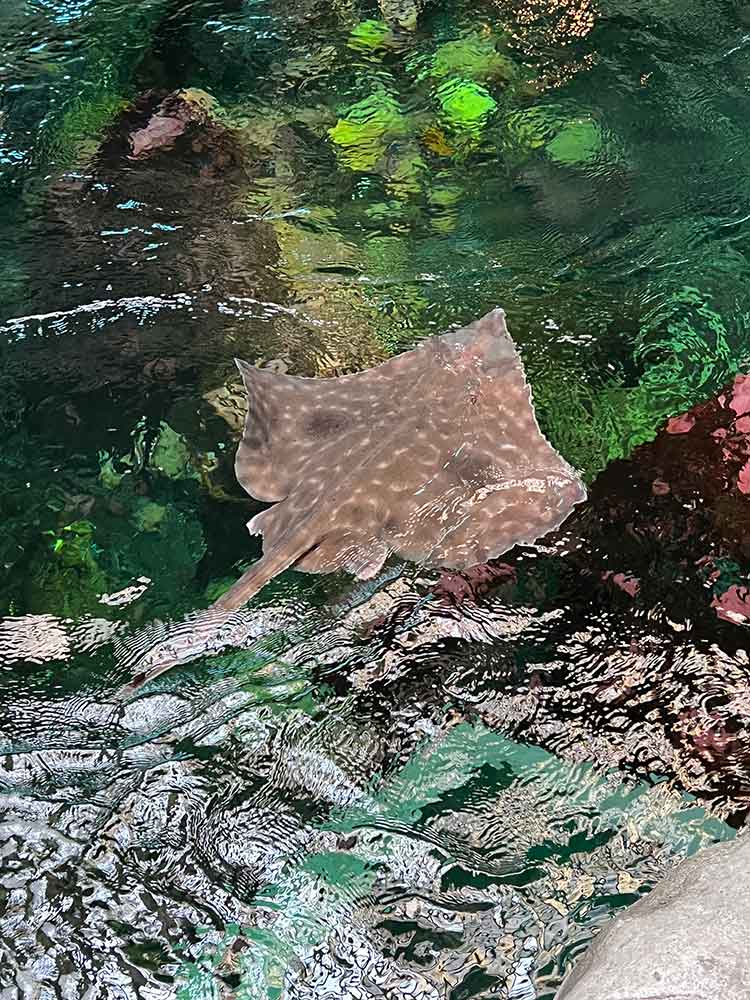
The Big Skate is the largest skate species in North America. They are similar to rays but have shorter, thicker tails and do not have a stinger. © Debbra Dunning Brouillette
The Tropics
The Tropics gallery features tropical fish, coral, and animals found in southern climates extending to the equator. As a tropical girl, who has scuba dived on many of coral reefs throughout the world, I love identifying the fish that are familiar to me, along with green sea turtles and sharks!
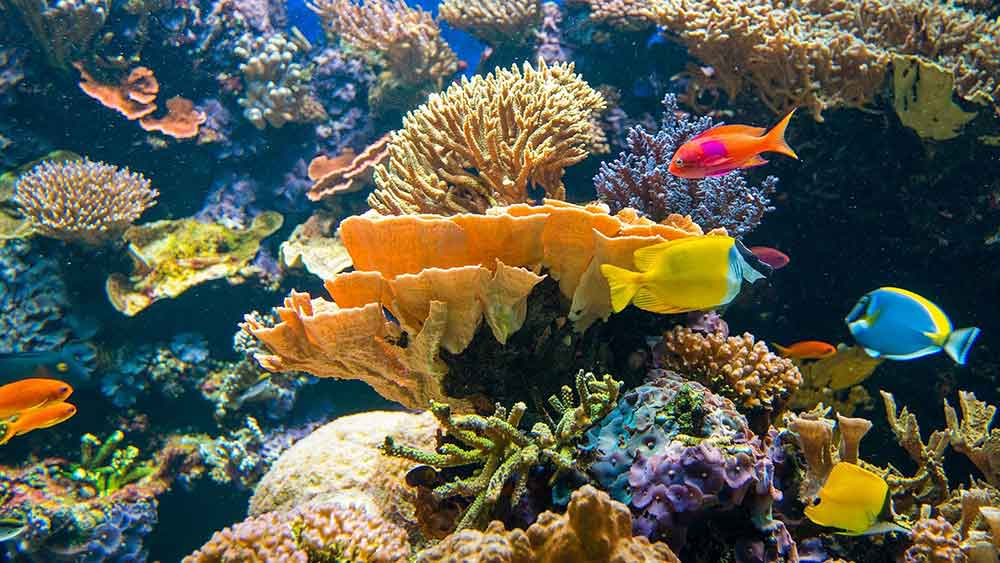
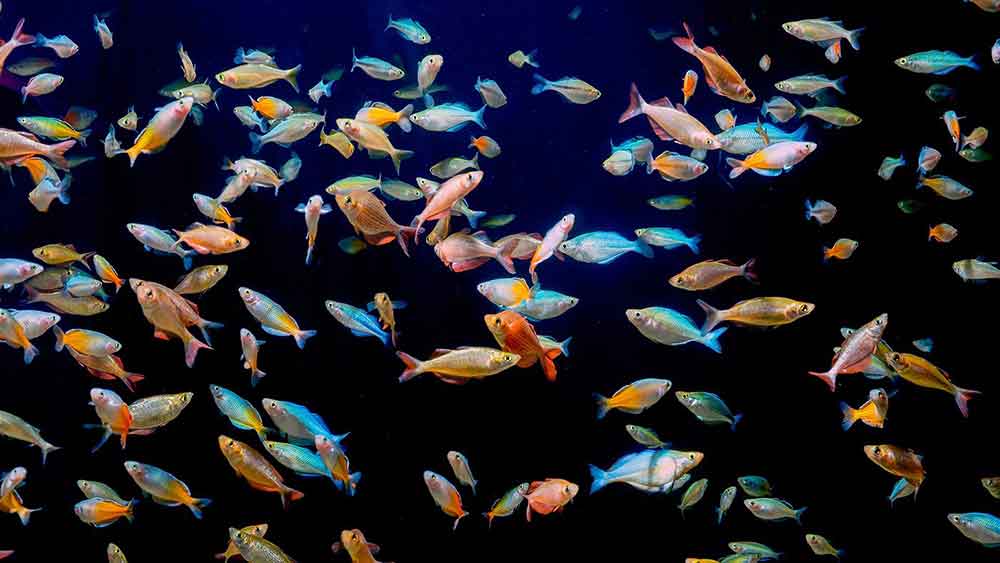 More photos of The Tropics gallery – Credit: Vancouver Aquarium
More photos of The Tropics gallery – Credit: Vancouver Aquarium
Penguin Point
Be sure to visit the African penguins! They are critically endangered in their natural home of South Africa, but here these ambassadors of their species were bred as part of the Association of Zoos and Aquarium’s Species Survival Plan.
Graham Amazon Gallery
If you’re missing the humidity of the tropics, walk through the Amazon Gallery and you’ll be transported to South America’s Amazon rainforest! Tropical birds, monkeys, alligators, and well-camouflaged sloths can be found here. Did you know? More than 3,000 fish and one-fifth of the world’s bird species live in the Amazon!
The 4D Theatre Experience®
Take a 15-minute break from walking through the Aquarium to experience the 4D Theatre! It truly is an immersive experience with special effects of sound, smell, touch, lights and weather effects. Watch out or you may get a bit wet! The kids will love it!
Plan Your Visit!
The Vancouver Aquarium website has all the information you’ll need on how to Plan Your Visit, including ticket details, transportation tips, program times and more. You can download a Visitor Map, too.
Stay for lunch and stop by the Gift Shop on your way out (or shop online after your visit). I was impressed with the variety of sustainable products they carry. You can support the work the Marine Mammal Rescue Centre does by purchasing stuffed animals that contain no plastic pellets, or other sustainable products like natural rubber bath toys, bamboo-based dishware, and reusable straws. One unique product is an eco-friendly federally approved hand sanitizer called “Kelping Hands,” made in British Columbia from sustainable seaweed.
Thanks to the Vancouver Aquarium for hosting me on my visit to Vancouver.
The Vancouver Aquarium is accredited by the Alliance of Marine Mammal Parks & Aquariums (AMMPA), Association of Zoos and Aquariums (AZA), Canada’s Accredited Zoos and Aquariums (CAZA), and the World Association of Zoos and Aquariums (WAZA)..
Read my other “Indoor Oceans” posts:
Indoor Oceans: Texas State Aquarium
Indoor Oceans: Seattle Aquarium
Indoor Oceans: Georgia Aquarium is world’s largest
Indoor Oceans: Diving with Whale Sharks at Georgia Aquarium (VIDEO)
Indoor Oceans: The Aquarium at Moody Gardens, Galveston Island, Texas


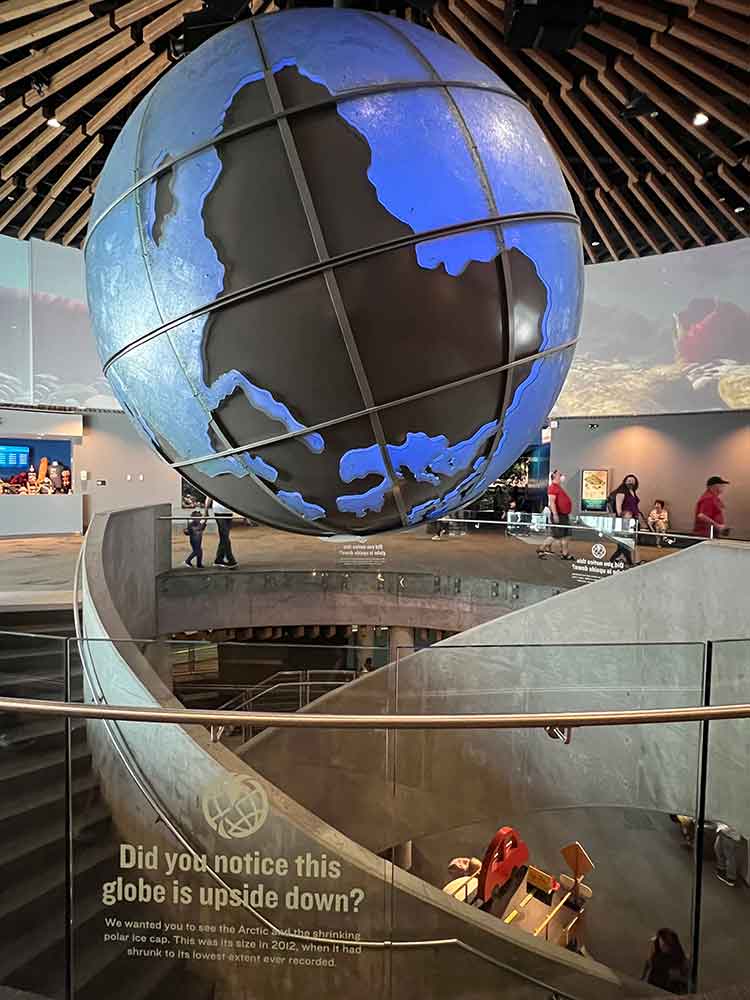
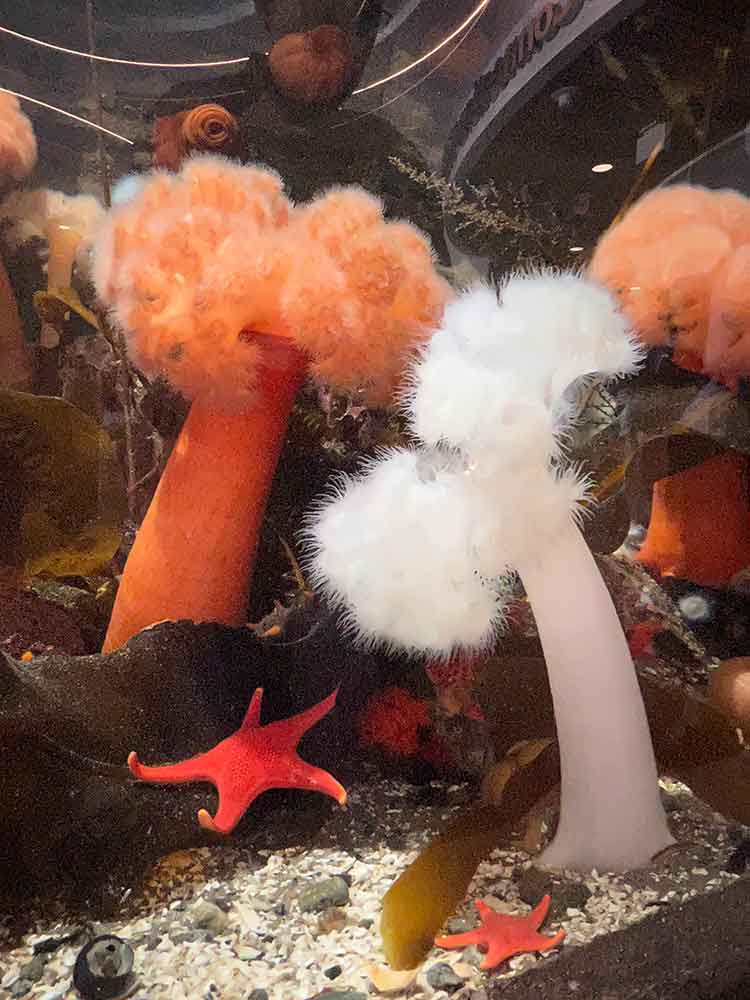
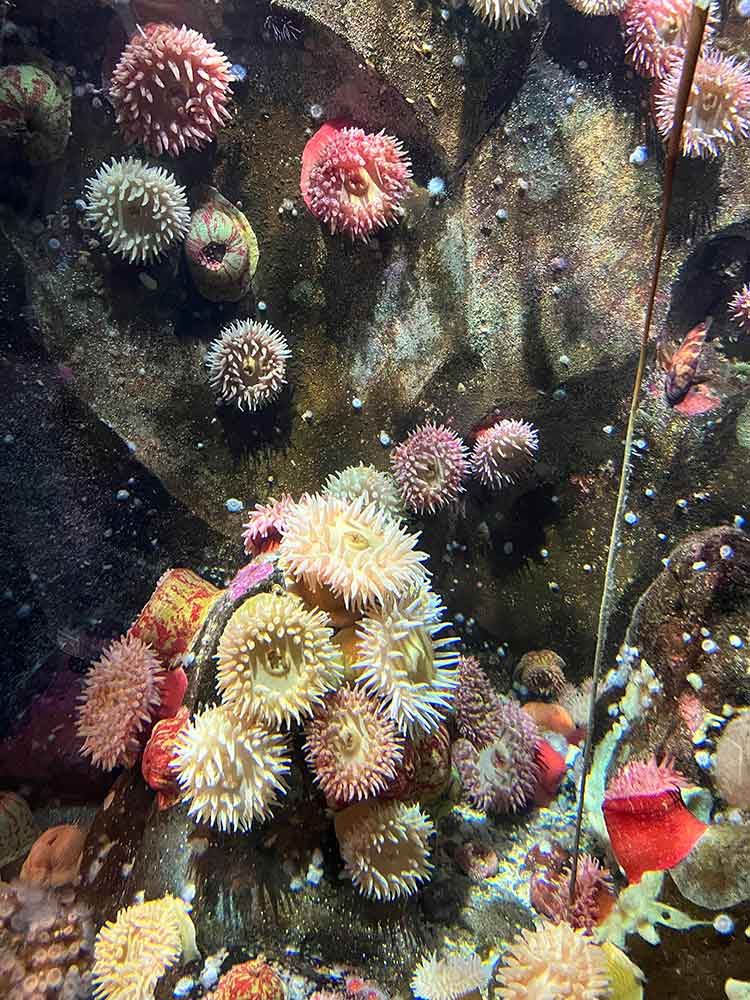
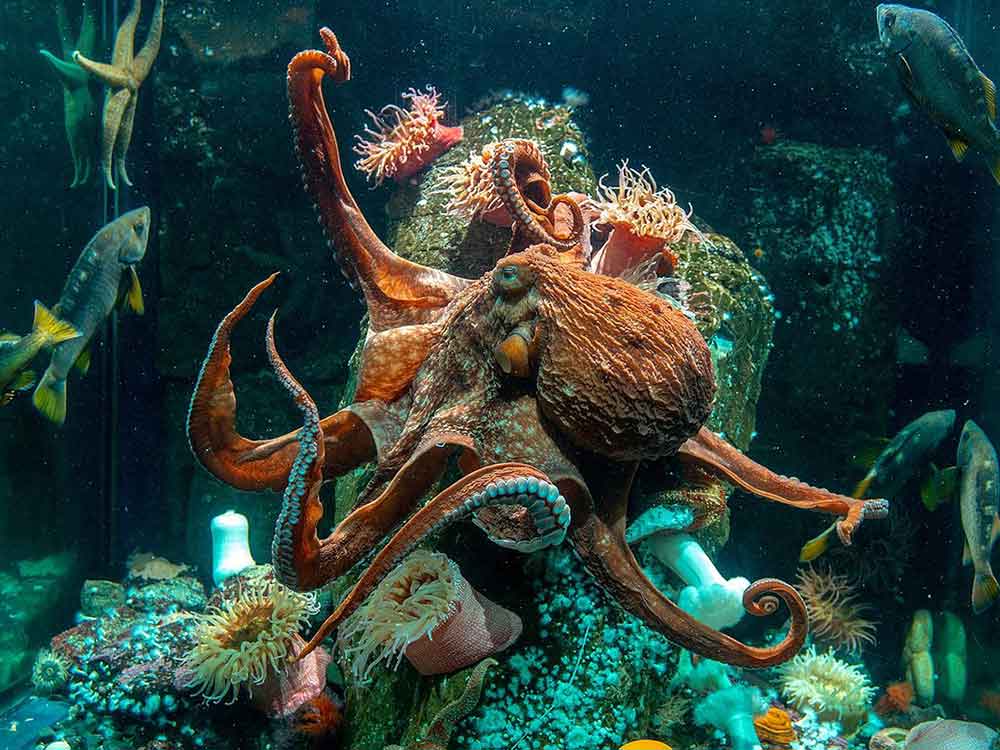
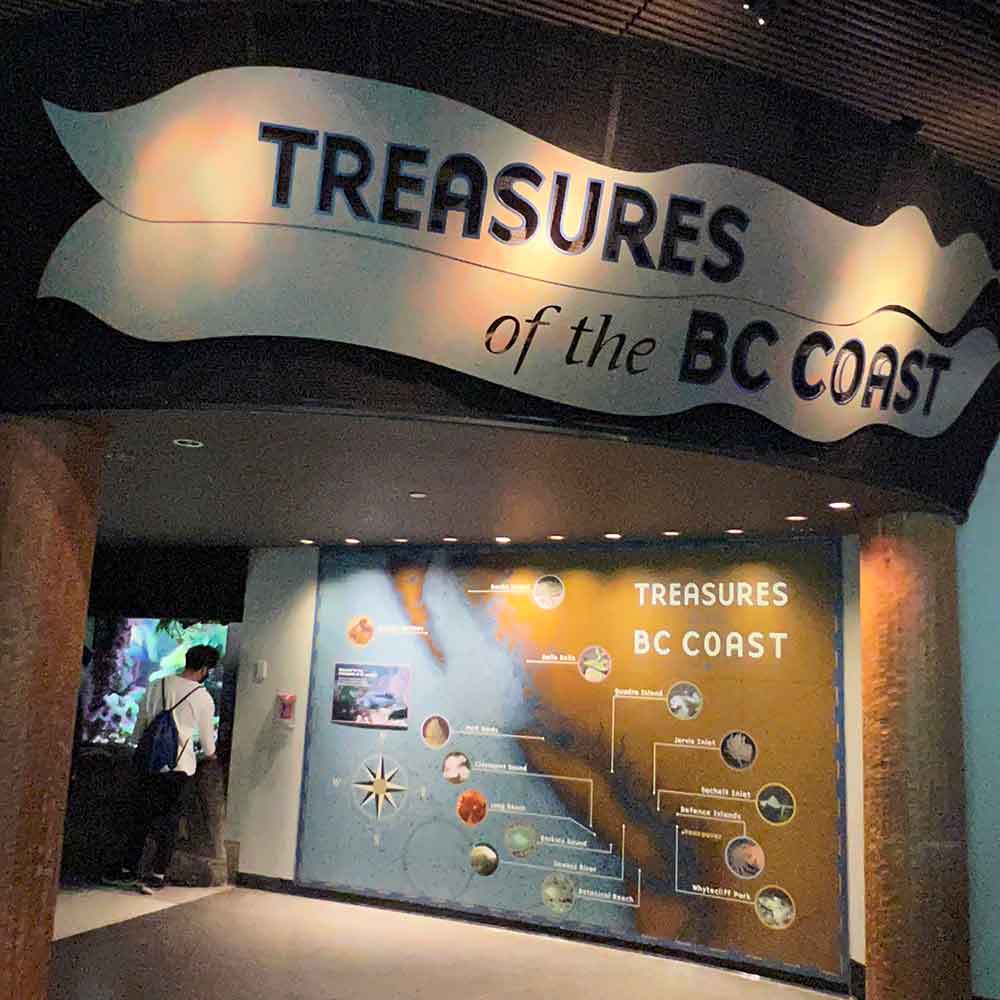
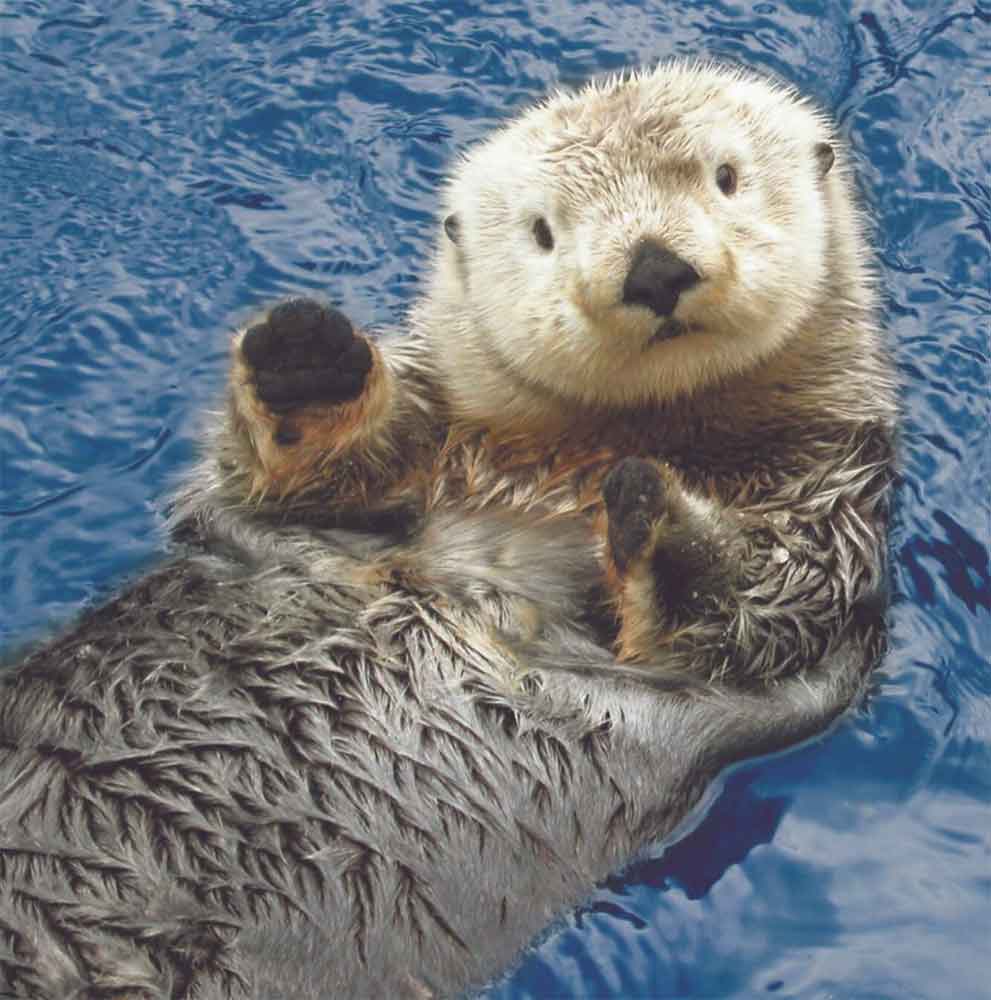
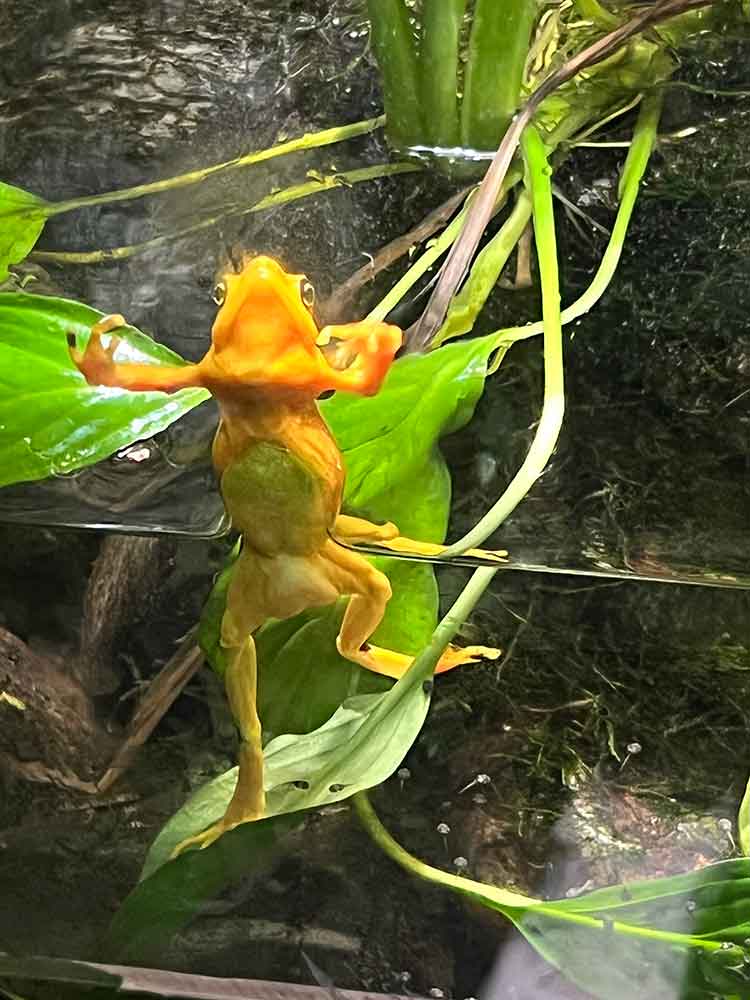
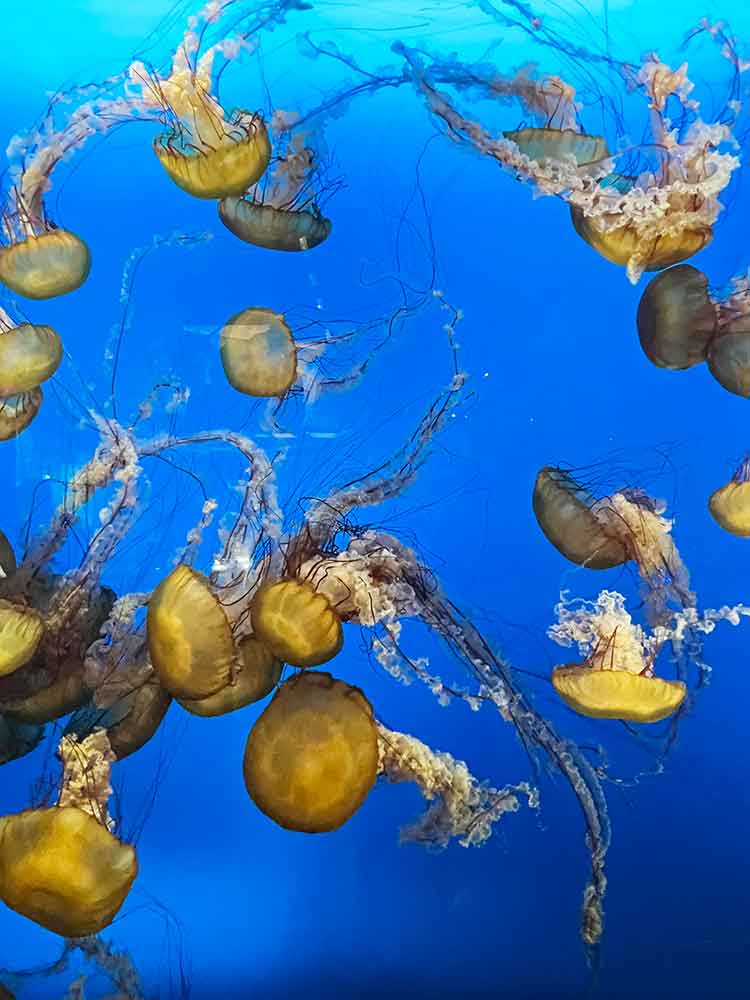
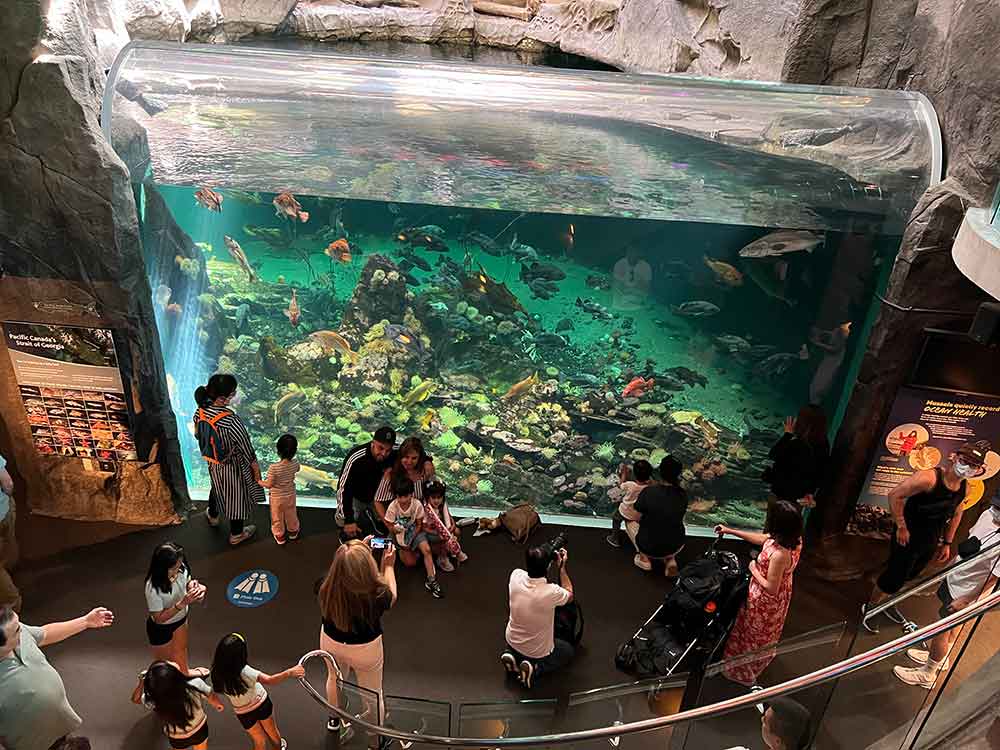
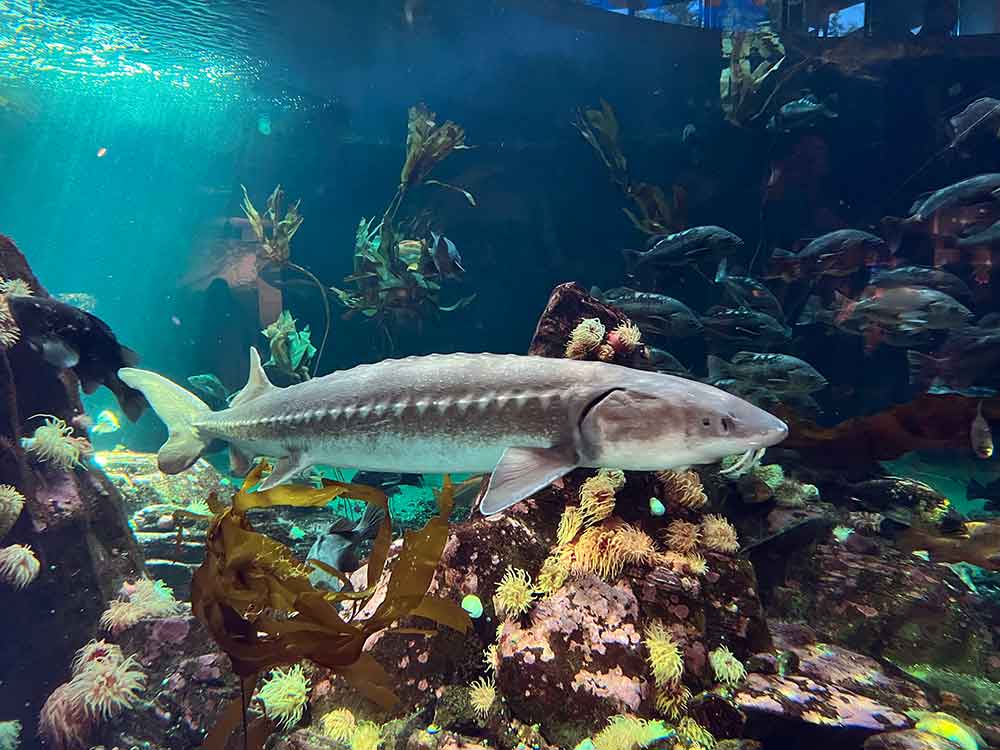
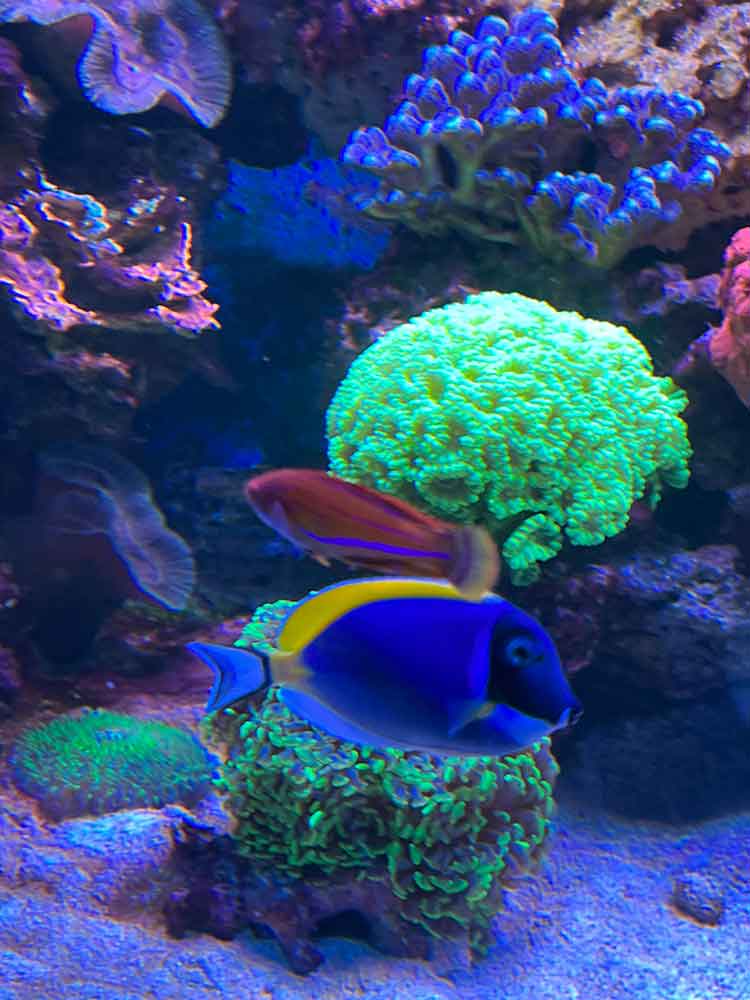
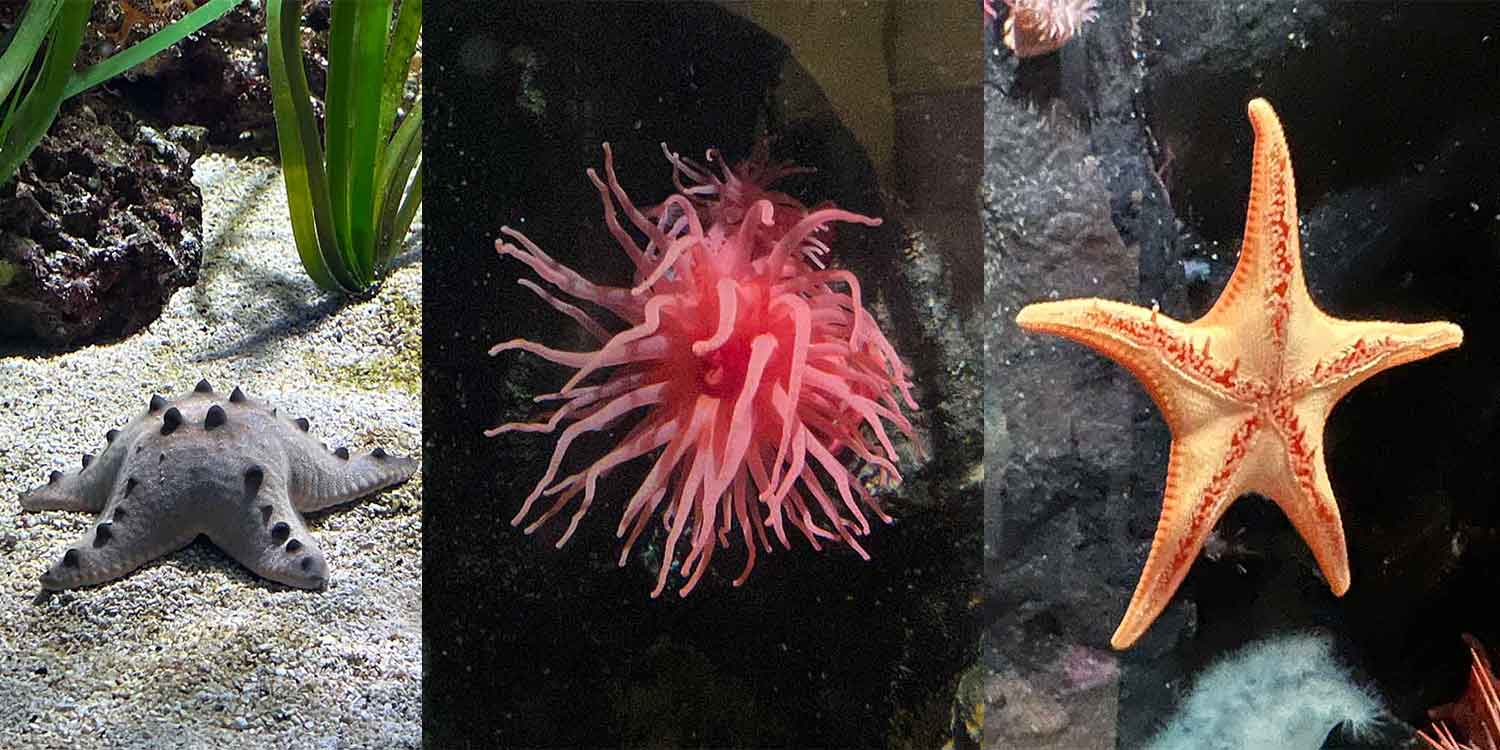
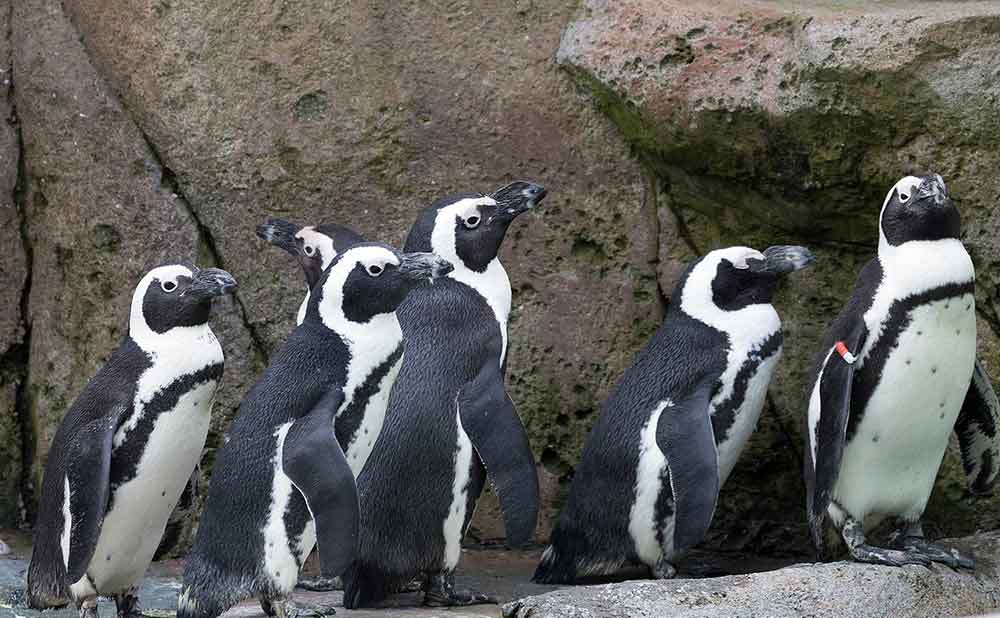
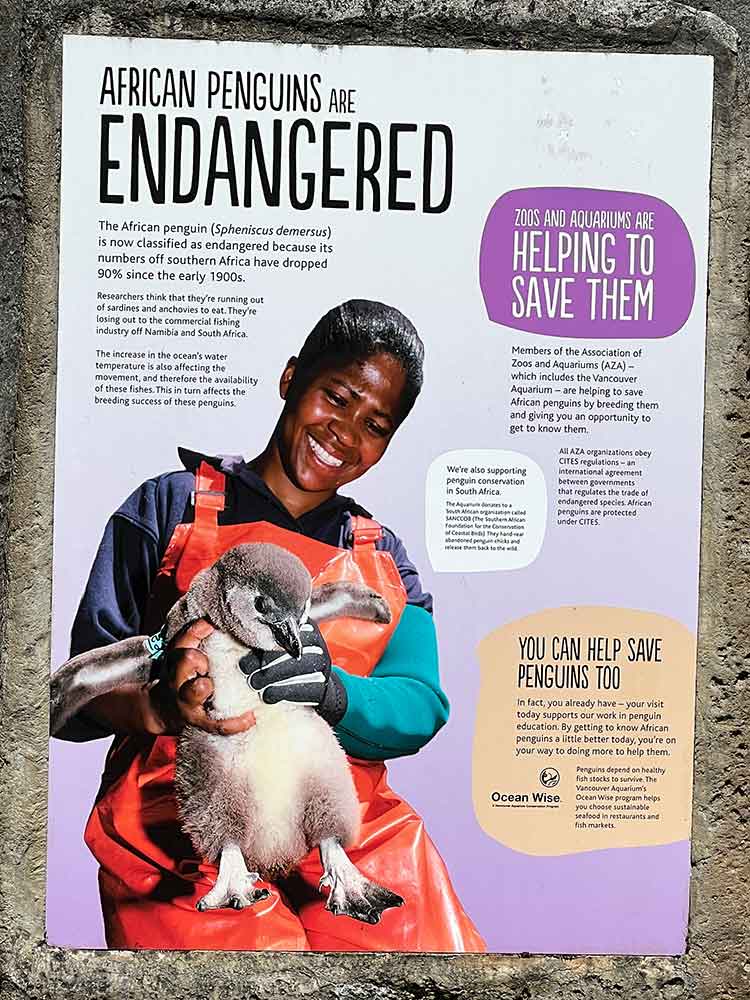
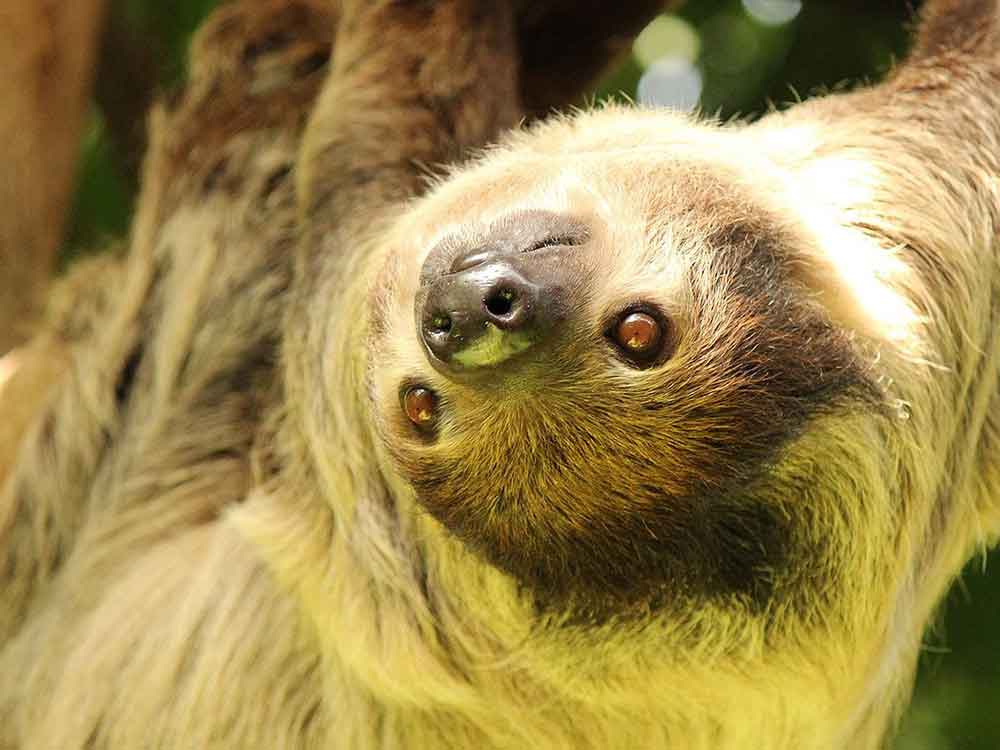

Gorgeous photos! I didn’t notice the upside down globe when I visited the Vancouver Aquarium with my grandson a few years ago but I did notice what a comprehensive job they did on showcasing BC’s marine animals. I was also impressed with the emphasis on climate change and its impact.
Thanks, Michele! I enjoyed seeing the exhibits focusing on British Columbia’s sealife, too! So different from what I’ve seen scuba diving in tropical waters. Every Aquarium has its unique features, which is why I love visiting them!
Great story! Can’t to visit Vancouver again. And truly great photos!
I appreciate your comments, Pam! Glad you enjoyed the article and photos!
Oh my gosh it has been forever since we last visited here and what a wonderful tour you provided us in this post! Thanks for a return to one of Vancouver’s most spectacular places!
It would definitely be worth a return visit, Jackie! And since it’s located within Stanley Park, visitors can easily spend a full day in the area.
Pingback: Indoor Oceans: Mote Marine Laboratory and Aquarium – Tropical Travel Girl
Pingback: My Favorite Experiences Aboard Holland America’s Koningsdam on an Inside Passage Alaska Cruise – Tropical Travel Girl